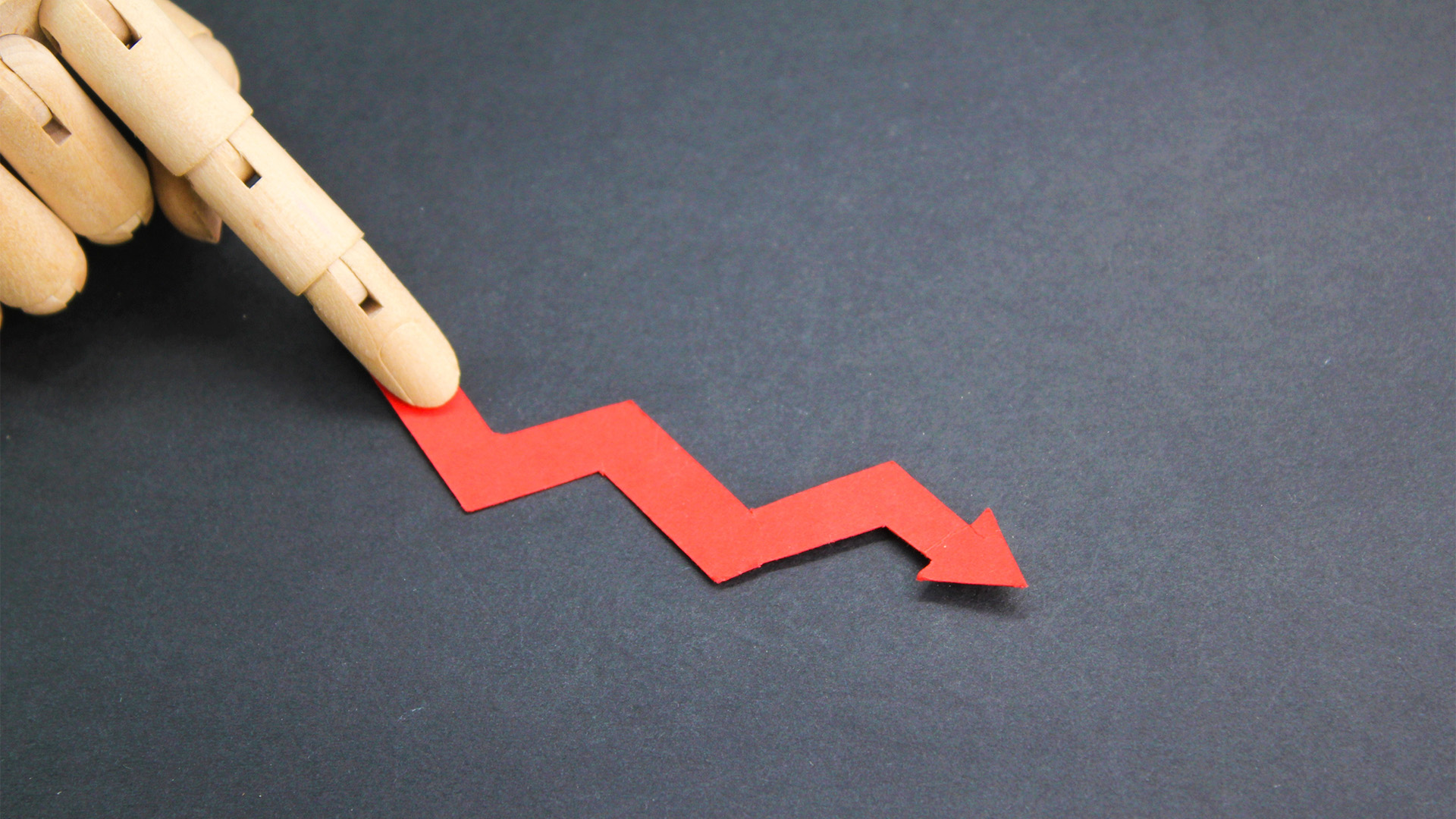Contrary to sensational headlines, the 37% drop in earnings and subsequent dividend reduction from BHP (ASX:BHP), the global resources company, shouldn't come as a shock.
The company's first-half earnings for the fiscal year 2022-23 plunged by 32% to $6.457 billion USD, reflecting a 16% decline in revenue, which settled at $25.7 billion USD. As a consequence, the interim dividend was slashed to 90 US cents per share.
BHP's yearly underlying profit took a substantial hit, plummeting by 37% to $13.4 billion USD ($20.9 billion AUD), which prompted a reduction in the final dividend to 80 cents per share. This contrasts with the record-setting $3.25 per share dividend paid out previously.
The primary driver behind this dip was weaker prices for essential commodities such as iron ore, copper, and coking coal. CEO Mike Henry clarified that despite substantial slowdowns in developed economies, the demand for commodities remained relatively sturdy in China and India.
Henry pointed out the delicate nature of China's growth trajectory, dependent on Beijing's policy responses amid a property crisis. On the other hand, buoyant construction activity in India was sustaining an expansion in steelmaking capacity.
Despite these challenges, Henry commented on the company's financial resilience: "Our financial results for the year were strong, underpinned by reliable production together with capital and cost discipline as we managed lower commodity prices and inflationary pressures."
BHP's recently released production update for the 2022-23 fiscal year highlighted record-breaking iron ore production from Western Australia's Pilbara region, amounting to 285 million tonnes. The underperforming Olympic Dam mine also contributed more copper and gold production.
The acquisition of OZ Minerals for $9.6 billion will further bolster gold and copper production in the upcoming year.
Iron ore prices faced a decline during the June quarter, largely due to decreased demand from China's steel mills, consequently impacting global growth projections. From a peak above $120 per tonne in March, iron ore prices fell to approximately $98 per tonne in late May. The recent uptick above $100 per tonne is fueled by hopes that the Chinese government will implement effective stimulatory measures to stabilise the economy.
Year-to-date, BHP shares have experienced a 4% decline, while the ASX 200 has seen a 2.4% rise.














